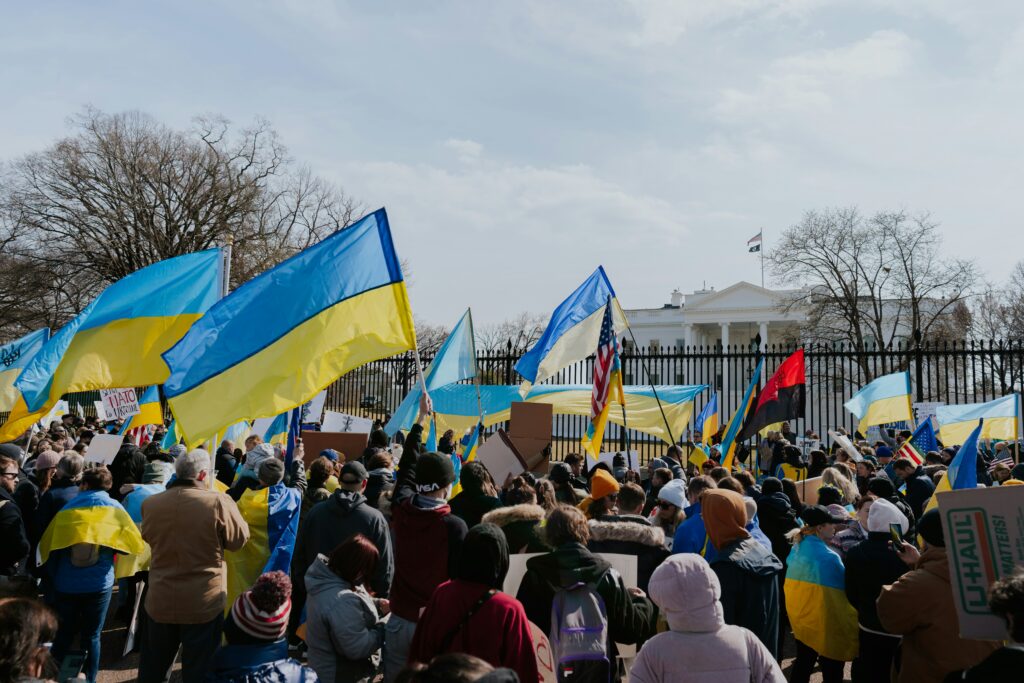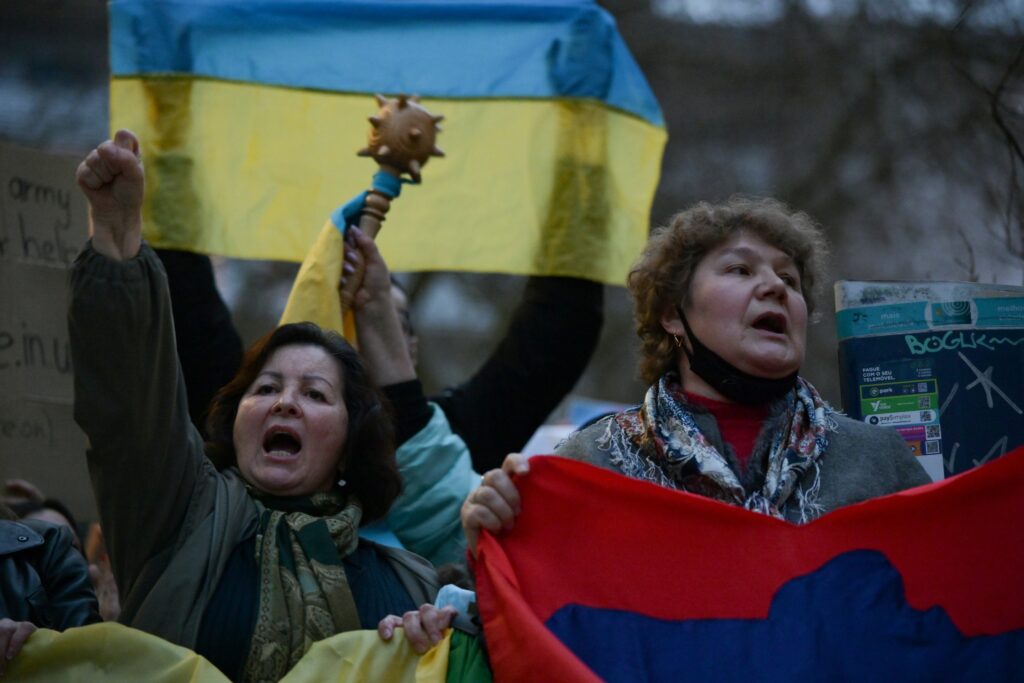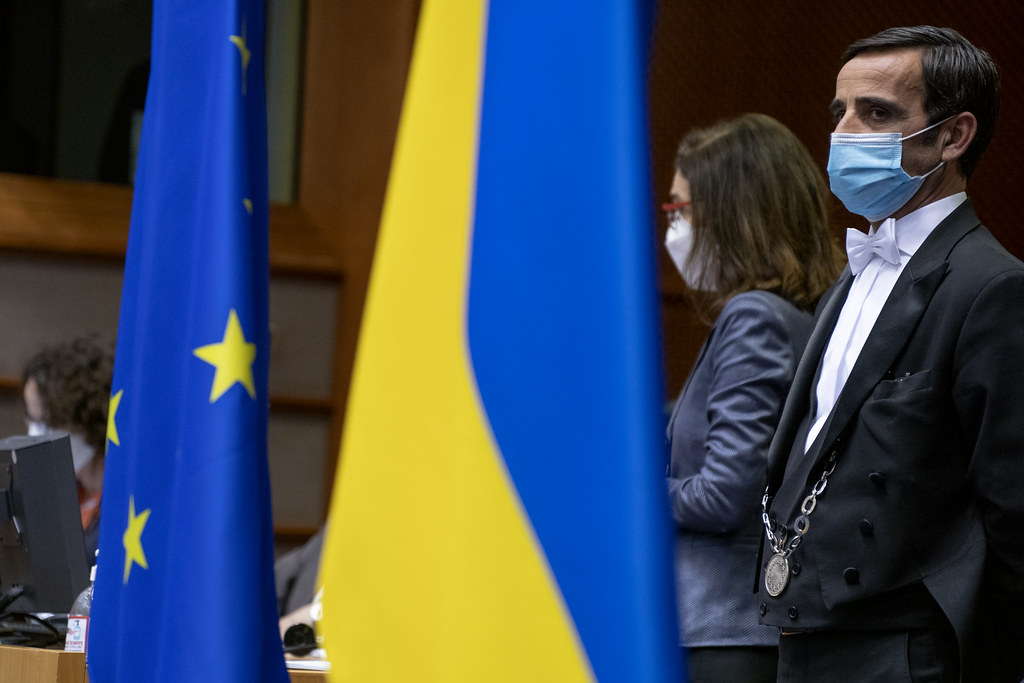
Hey guys! Good to see you again.
It is always a pleasure for me to bring to you backstories of International events with prejudice or bias of any kind and to make them simple enough for your understanding. But my biggest thanks is to you for always turning up to read everytime a new post is made.
In the previous post, which concluded the series on the Israel-Palestine Crisis, we explored the History Of Ceasefires In The Hamas, Israel Crisis.
Now, it is time to catch up with the moving train of the Russia-Ukraine war from the early days of the Kievan Rus’—a medieval powerhouse rooted in Kyiv—to the turbulent eras of Mongol invasions, Polish-Lithuanian rule, and Cossack revolts.
This post will trace the origin of both Russia and Ukraine from the early years down to the USSR era, the Pre and Post Independent era of both countries and the beginning of animosity between both nations.
Sit back and enjoy the ride. Ciao.
THE GENESIS (9TH – 18TH CENTURY)
Kievan Rus’ (9th – 13th Century) – The Kievan Rus’ was the first major East Slavic state, centered around Kyiv, which is now the capital of Ukraine. Established in the 9th century, this medieval state quickly rose to prominence as one of the most powerful entities in Europe. Its ruling dynasty was founded by the Varangians, or Vikings, who established trade routes and fostered connections between Scandinavia, Byzantium, and the Islamic Caliphates.
One of the most transformative moments in Kievan Rus’ history occurred in 988 when Prince Volodymyr the Great (known as Vladimir I of Kyiv) embraced Orthodox Christianity and declared it the state religion. This pivotal event brought the state under the cultural and religious influence of the Byzantine Empire, laying the foundations of Orthodox Christian tradition in the region.
Modern Ukrainians view Kievan Rus’ as the origin of their nation, emphasizing Kyiv’s centrality in the state. Russians, on the other hand, consider it the birthplace of Russia, claiming historical continuity through Moscow’s rise. This dual claim is a major source of cultural tension between the two nations.
Mongol Invasion & Rise of Moscow (13th – 17th Century) – In 1240, the Mongol invasion devastated Kyiv, leading to the fragmentation of the Kievan Rus’. The Mongols, under Batu Khan, established dominance over much of the region, forcing various principalities to pay tribute and weakening centralized rule.
While Kyiv’s power diminished, Moscow—a relatively minor principality—began to rise in influence under Mongol suzerainty. Over the following centuries, Moscow grew stronger, ultimately defeating the Mongols at the Battle of Kulikovo in 1380. By the 15th century, Moscow had emerged as a dominant state, unifying surrounding territories and becoming the spiritual and political successor to the Kievan Rus’, at least in the eyes of Russian rulers.
Polish-Lithuanian Rule & Cossack Ukraine (16th – 17th Century) – While Moscow consolidated its power, much of western and central Ukraine fell under the control of the Polish-Lithuanian Commonwealth. During this period, Ukrainians faced significant cultural and religious pressures as the Catholic Polish rulers sought to impose their influence on the predominantly Orthodox population.
In response, the Cossacks—semi-autonomous warrior groups who lived in the steppes of Ukraine—emerged as defenders of Ukrainian identity. Bohdan Khmelnytsky, a Cossack leader, led a major uprising against Polish rule in the mid-17th century. This rebellion culminated in the Pereiaslav Agreement of 1654, where Khmelnytsky sought military support from Moscow. While initially envisioned as a strategic alliance, Moscow used the agreement to assert control over Ukraine, sowing the seeds of future domination.
Russian Empire & Suppression of Ukrainian Identity (18th – 19th Century) – By the late 18th century, Catherine the Great fully absorbed Ukraine into the Russian Empire following the partitions of Poland and the defeat of the Ottoman Empire. This marked the complete loss of Ukrainian autonomy.
Under Russian imperial rule, Ukrainian culture, language, and national identity were systematically suppressed. Policies of “Russification” were enforced, aiming to assimilate Ukrainians into Russian culture. Ukrainian publications were banned, and the use of the Ukrainian language in schools and churches was heavily restricted. Despite this, Ukrainian intellectuals and nationalists worked covertly to preserve their heritage, laying the groundwork for future independence movements.
SOVIET UNION ERA (1917 – 1991)
Russian Revolution & Soviet Takeover (1917–1922) – The Russian Revolution of 1917 created an opportunity for Ukraine to assert its independence. In 1918, the Ukrainian People’s Republic was declared, but this independence was short-lived. The Red Army invaded, and by 1922, Ukraine was forcibly incorporated into the Soviet Union as the Ukrainian Soviet Socialist Republic.
Despite promises of autonomy, Ukraine was tightly controlled by the Soviet government, which prioritized centralization and communist ideology over regional independence.
The Holodomor (1932–1933): Stalin’s Genocide of Ukrainians – One of the darkest chapters in Ukraine’s history under Soviet rule was the Holodomor, a man-made famine orchestrated by Joseph Stalin’s regime. As part of Stalin’s policy of forced collectivization, Ukrainian farmers were stripped of their grain to meet export quotas and support industrialization efforts elsewhere in the USSR.
This policy led to a catastrophic famine, resulting in the deaths of an estimated 3 to 5 million Ukrainians. The Holodomor is widely regarded as an act of genocide, as it targeted Ukraine’s rural population—seen as a threat to Soviet control. Russia continues to deny this characterization, fueling modern-day tensions.
World War II & Post-War Soviet Control (1941–1991) – During World War II, Ukraine became a battleground for one of the war’s fiercest conflicts. Nazi Germany invaded Ukraine in 1941, occupying the region until 1944. While some Ukrainians collaborated with the Nazis, hoping to gain independence from the Soviet Union, many others resisted German occupation. The aftermath of the war saw harsh reprisals from the Soviet government against Ukrainian nationalists and resistance fighters.
In the decades following WWII, Ukraine remained under strict Soviet control. Efforts to suppress Ukrainian nationalism continued, but a cultural revival began in the 1960s, driven by dissidents and intellectuals. This period, known as the “Shistdesiatnyky” or “Sixtiers,” marked the re-emergence of Ukrainian cultural identity within the confines of Soviet rule.

POST USSR UKRAINE-RUSSIA RELATIONSHIP
UKRAINE’S INDEPENDENCE AND EARLY STRUGGLES (1991–1994)
Dissolution of the USSR & Ukrainian Independence – The collapse of the Soviet Union in 1991 marked a turning point for Ukraine. On August 24, 1991, Ukraine declared independence, severing ties with the USSR after decades of Soviet control. This decision was overwhelmingly supported by the Ukrainian people in a December 1, 1991 referendum, where 90.3% of voters endorsed independence. Notably, even traditionally pro-Russian regions like Donetsk and Luhansk showed strong support for sovereignty.
Ukraine’s independence was a monumental achievement, but it also came with significant challenges. The country inherited a Soviet-style economy that was heavily centralized and inefficient, making the transition to a market economy particularly difficult.
First President: Leonid Kravchuk (1991–1994) – Leonid Kravchuk, a former Soviet official, became Ukraine’s first president. His administration faced the daunting task of building a new nation from scratch. However, Kravchuk’s tenure was marked by economic collapse, hyperinflation, and political instability. The early 1990s saw a sharp decline in living standards, with many Ukrainians struggling to adapt to the new economic realities.
1994 Budapest Memorandum – Ukraine Gives Up Nuclear Weapons – One of the most significant events during this period was Ukraine’s decision to relinquish its nuclear arsenal. After the Soviet Union’s dissolution, Ukraine found itself in possession of the third-largest nuclear stockpile in the world. However, under international pressure, particularly from the United States, the United Kingdom, and Russia, Ukraine agreed to denuclearize.
In exchange, these countries signed the Budapest Memorandum in 1994, providing security assurances to Ukraine. They pledged to respect Ukraine’s sovereignty and territorial integrity. While this agreement was seen as a diplomatic success at the time, it would later be criticized as ineffective, particularly after Russia’s annexation of Crimea in 2014.
SHIFTS BETWEEN RUSSIA AND THE WEST (1994–1999)
Leonid Kuchma becomes President (1994–2005) – In 1994, Leonid Kuchma defeated Kravchuk in Ukraine’s first democratic presidential election. Kuchma, a former Soviet-era official, sought to stabilize the country’s economy and navigate its complex geopolitical position. A “multi-vector” foreign policy, which aimed to balance relations with both Russia and the West characterized his presidency.
Economic Challenges and Corruption – Kuchma’s administration implemented economic reforms, including privatization and market liberalization. While these measures helped stabilize the economy, they also led to the rise of oligarchs—a small group of wealthy individuals who gained control of key industries. Corruption became deeply entrenched, undermining public trust in the government.
Ukraine’s “Multi-Vector” Foreign Policy – Kuchma’s foreign policy was a delicate balancing act. On one hand, he sought closer ties with the West, signing the NATO-Ukraine Charter in 1997 and expressing interest in European Union integration. On the other hand, he maintained strong economic and cultural ties with Russia, signing a Friendship Treaty with Moscow in the same year.
Russian Influence and Gas Dependency – Russia remained Ukraine’s largest trading partner and the primary supplier of natural gas. This dependency gave Moscow significant leverage over Kyiv, which it used to influence Ukraine’s domestic and foreign policies. For example, Russia often threatened to cut off gas supplies during political disputes, a tactic that would become more prominent in later )years.
GROWING WESTERN INFLUENCE AND RUSSIAN PRESSURE (1999–2004)
Kuchma’s Second Term and Corruption Scandals – Kuchma was re-elected in 1999, but his second term was marred by scandals and growing authoritarian tendencies. The most infamous of these was the Cassette Scandal in 2000, in which secret recordings allegedly implicated Kuchma in the murder of journalist Georgiy Gongadze. Gongadze, a vocal critic of the government, was found dead under suspicious circumstances, sparking widespread protests and calls for political reform.
Despite these controversies, Kuchma continued to push for closer ties with the West. In 2002, he officially declared Ukraine’s intention to join NATO and the European Union. This move angered Russia, which viewed Ukraine’s Western aspirations as a direct threat to its sphere of influence.
Russia’s Response: Supporting Pro-Russian Politicians – As Ukraine leaned toward the West, Russia intensified its efforts to maintain influence. Under Vladimir Putin, who became Russia’s president in 2000, Moscow began supporting pro-Russian politicians in Ukraine, most notably Viktor Yanukovych. Yanukovych, a former governor of Donetsk, was seen as a loyal ally of the Kremlin and a counterbalance to Ukraine’s pro-Western factions.
The 2004 Presidential Election: A Turning Point – The 2004 presidential election became a battleground for Ukraine’s future direction. The contest between Viktor Yanukovych, Kuchma’s chosen successor, and Viktor Yushchenko, a pro-Western reformist, highlighted the country’s deep divisions. Allegations of electoral fraud and Yushchenko’s mysterious poisoning, which left him disfigured, set the stage for the Orange Revolution—a mass protest movement that would reshape Ukraine’s political landscape.
This brings us to the threshold of 2004, a pivotal year that set the stage for a series of transformative events in Ukraine’s history. From the Orange Revolution to subsequent conflicts and geopolitical scuffles, the post-2004 period is filled with profound challenges and critical turning points. Stay tuned for our next post, where we’ll delve into the wars, revolutions, and defining struggles that have shaped modern Ukraine.

